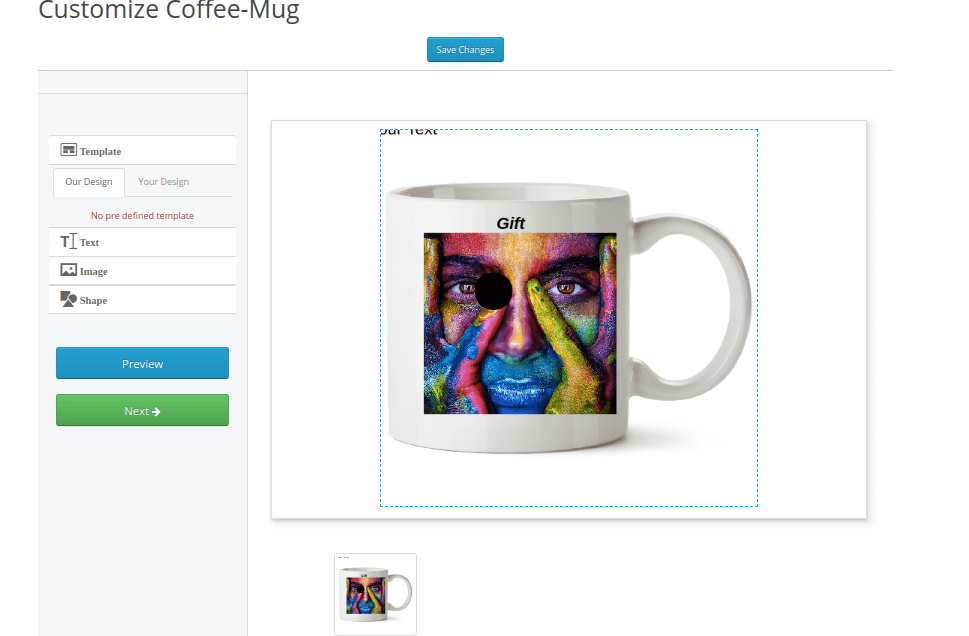Within today's fast-paced digital world, organizations are continually searching for creative solutions to improve their operations and simplify workflows. One such breakthrough is web-to-print software, a tool that is revolutionizing the print industry by redefining how print shops and businesses oversee their orders and customer interactions. This technology allows users to produce, tailor, and request printed materials online, delivering convenience and productivity that was previously out of reach.
As the demand for tailored products keeps to rise, web-to-print solutions have become as a crucial resource for print providers aiming to thrive in a competitive landscape. This software not only enhances order management but also facilitates various e-commerce integrations, empowering businesses to meet customer needs promptly and precisely. In this guide, we will explore what web-to-print software is, its main benefits, and how it can enhance your workflow, eventually leading to greater customer satisfaction and business success.
Understanding Web-to-Print Solutions
Web-to-print software is a online solution that allows companies to produce, manage, and fulfill print requests through the internet. It enables clients to customize print products via an internet-based interface, streamlining the procedure of requesting items such as business cards, pamphlets, and banners. This platform streamlines operations by offering integrated tools for design, approval, and manufacturing, rendering it essential for print shops and businesses seeking to upgrade their offerings.
One of the key advantages of web-to-print software is its availability. Users can place orders from anywhere at any time, resulting in broadening the reach of print businesses beyond conventional storefronts. This digital accessibility enhances ease of use for both clients and service providers, thereby improving the overall experience of users. Additionally, the software can manage various orders simultaneously, improving productivity and reducing delivery times.
As the print industry continues to evolve, web-to-print solutions have become vital for adapting to shifting consumer demands. They enable higher levels of customization and personalization, allowing businesses to meet specific client needs. With the integration of automation and artificial intelligence, web-to-print technology is transforming print processes, minimizing errors, and driving efficiency across various operational elements.
Advantages and Characteristics of Print-on-Demand Systems

Print-on-demand services offer countless advantages that greatly enhance the productivity of printing companies and organizations. One of the main benefits is the possibility to streamline the ordering process, enabling customers to create and place orders online with convenience. This not only minimizes the time spent on processing orders but also diminishes the chances of mistakes associated with in-person processing. With a user-friendly interface, organizations can ensure that their customers have a seamless experience, leading to improved customer satisfaction and return business.
Furthermore significant feature of online printing tools is its customization capabilities. Customers can access a selection of design templates and design tools that enable them to design custom print products that meet their specific needs. https://notes.io/wXcrk of customization fosters a deeper connection between the brand and the customer while establishing the organization as a provider of tailored solutions. By facilitating personalized printing, brands can set themselves apart themselves in a challenging market and boost sales through custom offerings.
Efficiency is additionally enhanced through automated systems provided by web-to-print solutions. These systems can integrate with existing online stores, allowing for real-time order processing and supply tracking. By streamlining the workflow, companies can reduce the effort involved in printing orders, leading to shorter turnaround durations and reduced operational costs. Additionally, the use of online services ensures that these systems are adaptable and available, which is essential for print shops looking to broaden their services or respond to changing market demands.
Emerging Trends in Web-to-Print Technology
As the digital landscape evolves, Web-to-Print technology is set to undergo notable transformations. One of the most notable trends is the growing integration of AI and ML into print solutions. These technologies will not only enhance the personalization options for consumers but also improve workflow efficiency. By analyzing consumer information, AI will enable printers to offer custom recommendations and streamline order processing, making the customer experience more seamless and smooth.
Another crucial trend is the increasing demand for sustainability in printing methods. Print businesses are beginning to focus on green operations, driven by consumer preference for sustainable products. This shift will encourage Web-to-Print solutions to incorporate elements that promote responsible printing, such as efficient resource usage, reduction of waste, and biodegradable materials. The ability to track and report on sustainability metrics could become a essential selling point for print shops in the years to come.
Additionally, the growth of online commerce will continue to shape Web-to-Print solutions, as more businesses seek smooth integration between their online stores and print services. This collaboration will facilitate customized product choices and enhance the overall buying process. Sophisticated automated systems will be necessary in managing these tasks, allowing print shops to grow their operations and meet the increasing demands of online consumers. As these trends unfold, the outlook of Web-to-Print will be characterized by advancement, efficiency, and a commitment to sustainability.
